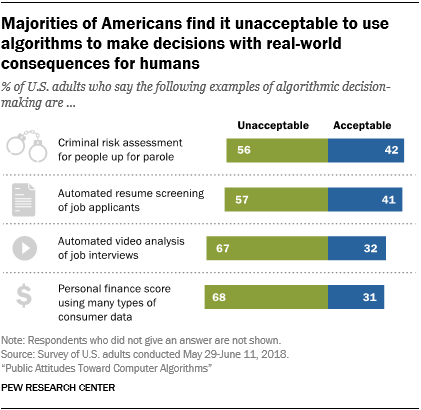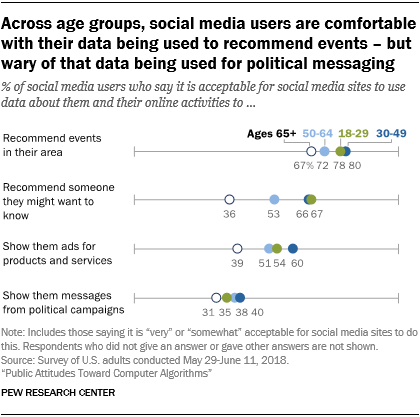Ida Rademacher at the Aspen Institute: “…At the Aspen Institute Financial Security Program, we sense a growing need to ground these numbers in what people experience day-to-day. We’re inspired by projects like the Financial Diaries that helped create empathy for what the statistics mean. …the Diaries was a time-delimited project, and the insights we can gain from major banking institutions are somewhat limited in their ability to show the challenges of economically marginalized populations. That’s why we’ve recently launched a consumer insights initiative to develop and translate a more broadly sourced set of data that lifts the curtain on the financial lives of low- and moderate-income US consumers. What does it really mean to lack $400 when you need it? How do people cope? What are the aspirations and anxieties that fuel choices? Which strategies work and which fall flat? Our work exists to focus the dialogue about financial insecurity by keeping an ear to the ground and amplifying what we hear. Our ultimate goal: Inspire new solutions that react to reality, ones that can genuinely improve the financial well-being of many.
Our consumer insights initiative sees power in partnerships and collaboration. We’re building a big tent for a range of actors to query and share what their data says: private sector companies, public programs, and others who see unique angles into the financial lives of low- and moderate-income households. We are creating a new forum to lift up these firms serving consumers – and in doing so, we’re raising the voices of consumers themselves.
One example of this work is our Consumer Insights Collaborative (CIC), a group of nine leading non-profits from across the country. Each has a strong sense of challenges and opportunities on the ground because every day their work brings them face-to-face with a wide array of consumers, many of whom are low- and moderate-income families. And most already work independently to learn from their data. Take EARN and its Big Data on Small Savings project; the Financial Clinic’s insights series called Change Matters; Mission Asset Fund’s R&D Lab focused on human-centered design; and FII which uses data collection as part of its main service.
Through the CIC, they join forces to see more than any one nonprofit can on their own. Together CIC members articulate common questions and synthesize collective answers. In the coming months we will publish a first-of-its-kind report on a jointly posed question: What are the dimensions and drivers of short term financial stability?
An added bonus of partnerships like the CIC is the community of practice that naturally emerges. We believe that data scientists from all walks can, and indeed must, learn from each other to have the greatest impact. Our initiative especially encourages cooperative capacity-building around data security and privacy. We acknowledge that as access to information grows, so does the risk to consumers themselves. We endorse collaborative projects that value ethics, respect, and integrity as much as they value cross-organizational learning.
As our portfolio grows, we will invite an even broader network to engage. We’re already working with NEST Insights to draw on NEST’s extensive administrative data on retirement savings, with an aim to understand more about the long-term implications of non-traditional work and unstable household balance sheets on financial security….(More)”.



